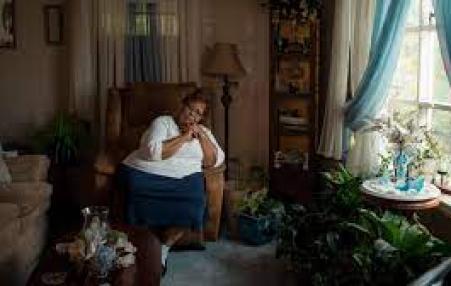Lydia DePillis
The New York Times

In the 1960s, more than a third of seniors lived in poverty. Federal programs like Medicare to help the elderly, the situation improved significantly. But last year, the poverty rate for those 65 or older increased, even as it sank for everyone else.
Spread the word